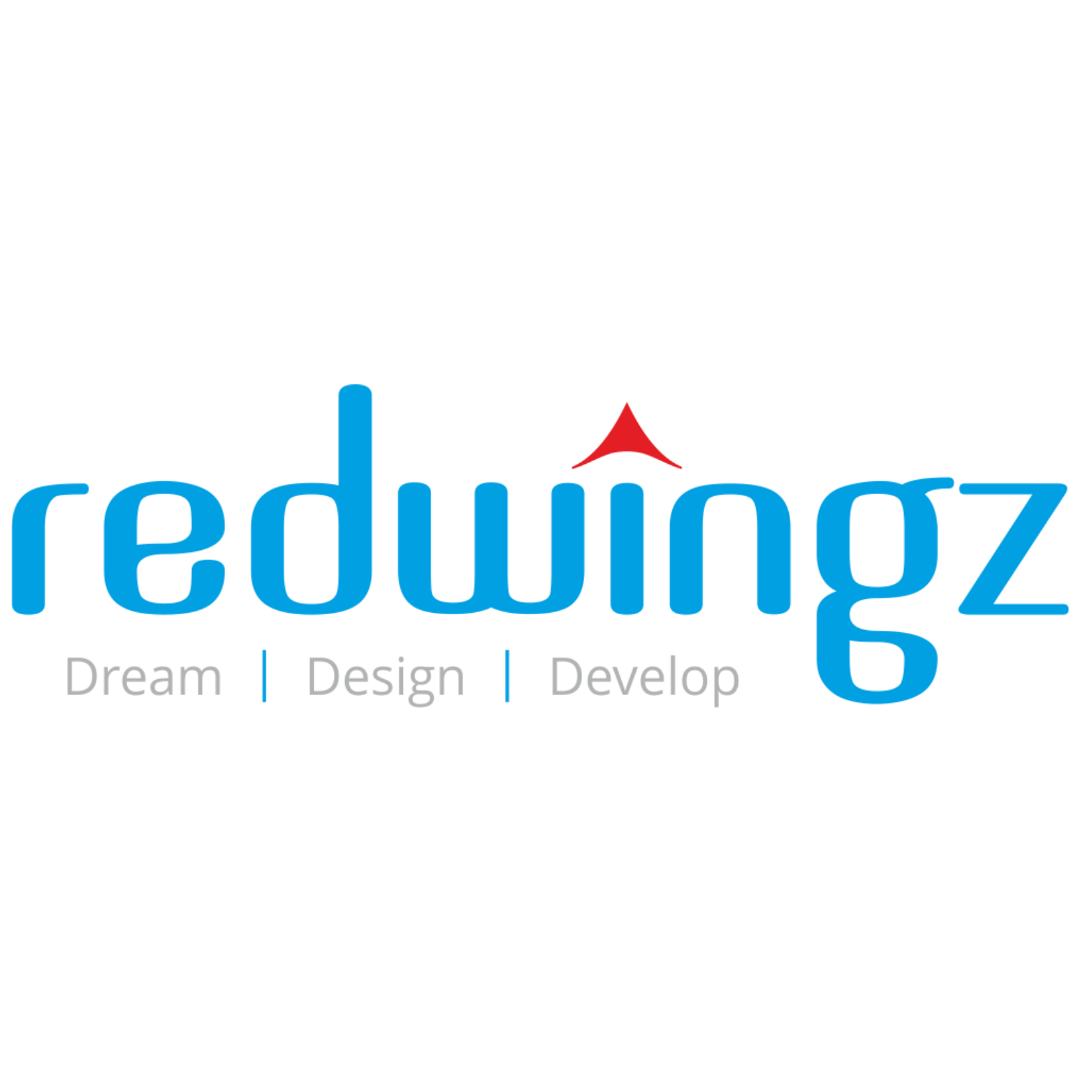Performance Management: Driving Success Through Continuous Feedback and Development
- Prakash Trivedi

- Aug 23, 2024
- 4 min read

Introduction: The Role of Performance Management in Organizational Success
Performance management is a strategic process that ensures employees understand their roles, receive constructive feedback, and have the support they need to achieve their goals. Effective performance management aligns individual objectives with organizational goals, driving success at both the individual and corporate levels. At Redwingz, we help organizations design and implement performance management systems that foster continuous growth and improvement.
Understanding Performance Management
Performance management is not just an annual review; it is an ongoing process that involves setting clear expectations, providing regular feedback, and supporting employee development. The key components of an effective performance management system include:
Goal Setting: Establishing clear, measurable goals that align with both individual career aspirations and the organization’s strategic objectives. This ensures that employees are working towards goals that contribute to the company’s success.
Continuous Feedback: Providing regular, constructive feedback that helps employees understand their progress, identify areas for improvement, and recognize their achievements. Continuous feedback is essential for fostering a culture of learning and development.
Developmental Support: Offering training, coaching, and other resources to help employees build the skills they need to succeed. Developmental support is critical for ensuring that employees have the tools and knowledge to meet their goals.
The Benefits of Effective Performance Management
When implemented effectively, performance management offers several benefits for both employees and organizations:
Enhanced Employee Engagement: Regular feedback and clear goals help employees understand how their work contributes to the organization’s success, increasing their engagement and motivation.
Improved Organizational Performance: By aligning individual goals with organizational objectives, performance management ensures that all employees are working towards the same strategic goals, leading to improved overall performance.
Higher Employee Retention: Employees who receive regular feedback and development opportunities are more likely to feel valued and supported, reducing turnover and improving retention.
Future-Proofing the Workforce: Continuous performance management helps identify skills gaps and development needs, allowing organizations to proactively address these areas and build a more capable and adaptable workforce.
Implementing an Effective Performance Management Process
To create an effective performance management process, organizations should follow these steps:
Establish Clear Expectations: Clearly define job roles and responsibilities, as well as the specific goals and performance metrics that will be used to evaluate success. This ensures that employees understand what is expected of them and how their performance will be measured.
Set SMART Goals: Use the SMART framework (Specific, Measurable, Achievable, Relevant, Time-bound) to set clear and actionable goals. SMART goals provide a roadmap for employees to follow and make it easier to track progress and measure success.
Provide Continuous Feedback: Replace the traditional annual review with a system of continuous feedback. Regular check-ins and one-on-one meetings allow managers to provide timely feedback, address issues early, and offer support as needed.
Offer Development Opportunities: Provide employees with access to training, coaching, and other resources that will help them develop the skills they need to succeed. Tailor development plans to the individual’s career goals and the organization’s strategic needs.
Monitor and Evaluate Performance: Use performance management software to track employee progress, gather data, and generate reports. This allows managers to monitor performance in real-time and make data-driven decisions about promotions, raises, and development opportunities.
Best Practices for Performance Management
To maximize the effectiveness of your performance management process, consider the following best practices:
Align Performance Management with Organizational Strategy: Ensure that the performance management process is aligned with the organization’s strategic goals. This helps employees understand how their work contributes to the company’s success and ensures that everyone is working towards the same objectives.
Focus on Continuous Improvement: Performance management should be an ongoing process of continuous improvement. Encourage employees to set stretch goals, seek out development opportunities, and continuously work towards improving their skills and performance.
Foster a Culture of Feedback: Create a culture where feedback is seen as a positive and valuable tool for growth. Encourage managers and employees to regularly share feedback and use it to drive improvement.
Incorporate 360-Degree Feedback: Consider incorporating 360-degree feedback into your performance management process. This involves gathering feedback from peers, subordinates, and supervisors, providing a more comprehensive view of an employee’s performance.
Use Technology to Streamline the Process: Leverage performance management software to automate and streamline the process. This can help reduce the administrative burden on managers, provide real-time data and insights, and ensure that performance management is consistently applied across the organization.
Conclusion: Building a Culture of Continuous Improvement
Effective performance management is critical for driving organizational success. By setting clear goals, providing continuous feedback, and offering developmental support, organizations can ensure that their employees are engaged, motivated, and equipped to achieve their full potential.
At Redwingz, we specialize in helping organizations design and implement performance management systems that foster a culture of continuous improvement. Contact us today to learn how we can help your organization build a more effective performance management process and achieve its strategic goals.




Comments